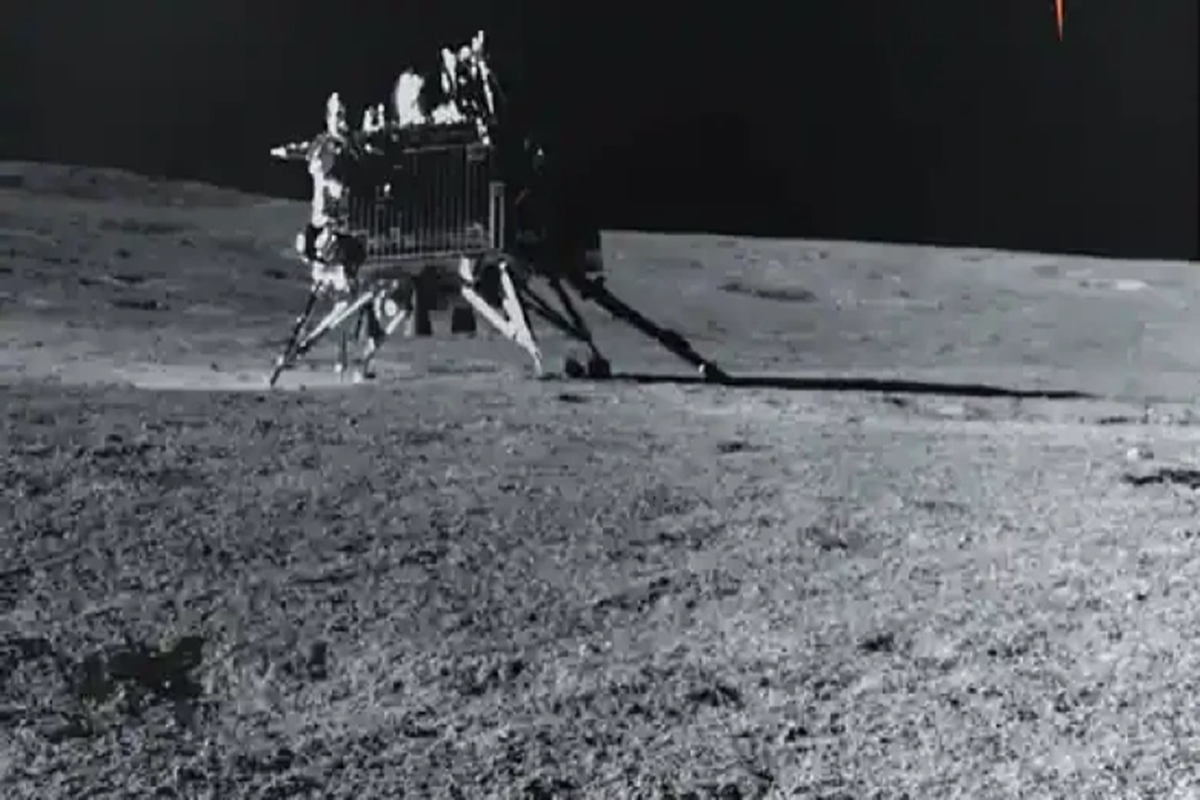ISRO announced that the Instrument for Lunar Seismic Activity (ILSA) payload, situated on the Chandrayaan-3 lander known as Vikram, detected a seismic event on August 26. This event, which seems to be of natural origin, is currently being investigated to determine its source. Here is what we know about the lunar quake.
“The Instrument for Lunar Seismic Activity (ILSA) payload on the Chandrayaan 3 Lander is the first instance of a Micro Electro Mechanical Systems (MEMS) technology-based instrument on the moon. It has recorded the vibrations occurring due to the movements of Rover and other payloads,” ISRO said.
Advertisement
The Instrument for Lunar Seismic Activity was developed and created by the Laboratory for Electro-Optics System (LEOS) based in Bengaluru. It marks the first-ever use of micro-electro-mechanical systems (MEMS) technology on the moon to detect lunar quake.
What does ISRO say about the lunar quake?
In a recent update on the X platform, formerly known as Twitter, ISRO stated, “Furthermore, it has registered an occurrence that seems to be of natural origin on August 26, 2023. The origin of this occurrence is presently the subject of an inquiry.”
The instrument assembly aboard Chandrayaan-3 encompasses some of India’s most advanced technology. The ILSA, in particular, comprises a set of six highly sensitive accelerometers, all fabricated domestically using Silicon Micromachining technology.
The main goal of ILSA is to assess ground vibrations stemming from natural earthquakes, collisions, and engineered incidents. The ILSA payload was created at LEOS, located in Bangalore, and it received assistance from private industries. The deployment system, used to position ILSA on the lunar surface, was engineered in Bengaluru by URSC.
In another development, ISRO has reported that the RAMBHA-LP (Radio Anatomy of Moon-Bound Hypersensitive Ionosphere and Atmosphere – Langmuir Probe) payload aboard the Chandrayaan-3 lander has successfully conducted its maiden measurements of the lunar plasma environment near the lunar surface in the south polar region. The initial evaluation suggests that the lunar surface’s plasma is relatively sparse.
“These quantitative measurements have the potential to aid in mitigating the interference caused by lunar plasma in radio-wave communication. Furthermore, they could contribute to the improvement of designs for future lunar missions. The development of the RAMBHA-LP payload is spearheaded by SPL/VSSC, Thiruvananthapuram,” ISRO stated in a communication on X.











